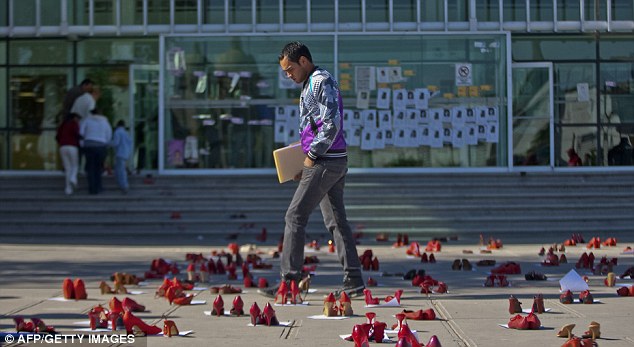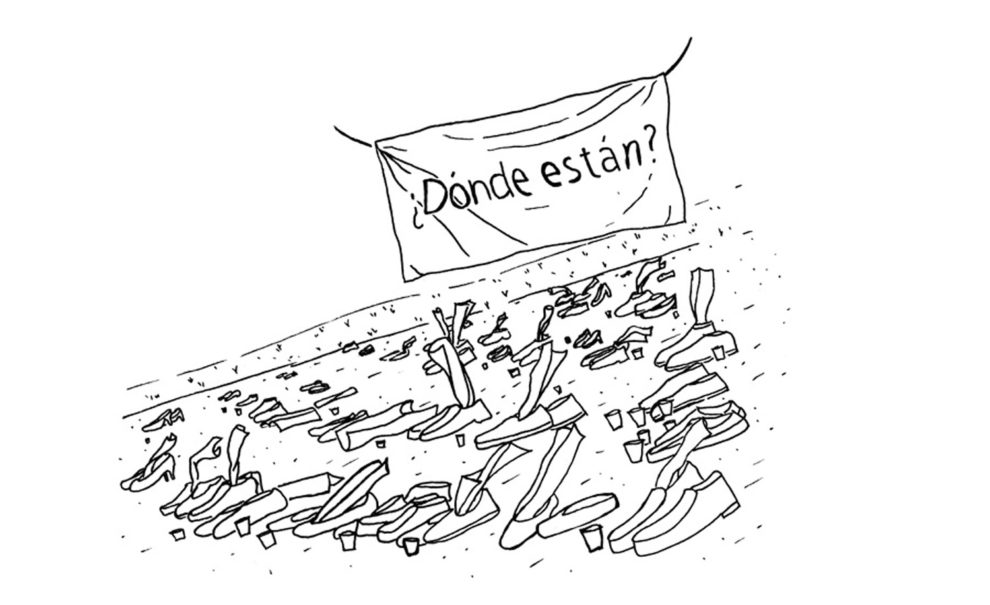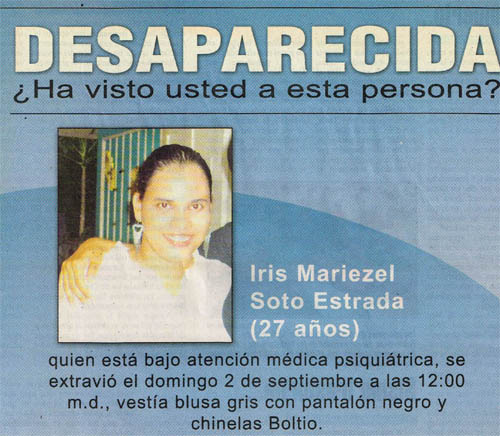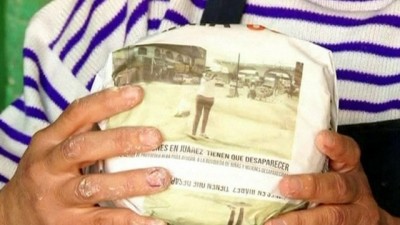THE BONE RECORDS by Rich Zahradnik is a wonderfully edgy “everyman” thriller but don’t expect a...
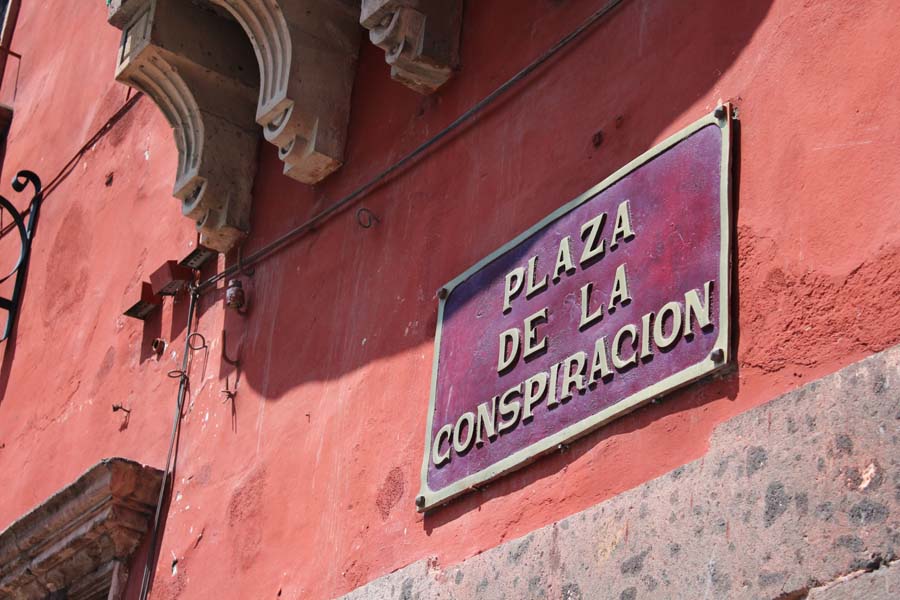
NEW EVIDENCE IN 43 MISSING TRUE CRIME
It only took 7 years, but the real truth behind Mexico’s most notorious true crime is finally coming out.
43 MISSING TRUE CRIME
On 24 September 2014, students from the Ayotzinapa rural teacher’s college in the Mexican state of Guerrero—best known as home to the iconic resort city of Acapulco—headed to the central city of Iguala. Their intention was to commandeer buses for a ride to Mexico City to attend the annual protest rally commemorating the shooting deaths of university students by the military in 1968.
They were successful in commandeering a couple of buses, this being an unwelcome but not-uncommon practice. Police raided the buses as evening fell and grabbed most of the students. A few escaped with tales of being hunted during the night. In the chaos, four students and two others were killed. One body is found without eyes or facial skin, like in a cartel slaying.
The 43 students taken by the police were never seen again.
INITIAL INVESTIGATIONS AND CONCLUSIONS
Guerrero state authorities promptly arrested 22 Iguala municipal police officers in connection with the attacks, allegedly carried out in coordination with the violent Guerreros Unidos cartel. A few days later, the mayor of Iguala, Jose Luis Abarca made a lame radio statement, basically claiming to know nothing. A week later, he announced a 30-day leave of absence and disappeared with his wife.
Mass graves raised forlorn hopes of finding the remains of the missing. But those were not the right bodies.
A month later, the then-Attorney General of Mexico announced the arrest of the head of Guerreros Unidos. Next, the Attorney General claimed that the missing students were killed by cartel executioners and incinerated in a remote rubbish dump. https://www.vice.com/en/article/bja4xa/ayotzinapa-a-timeline-of-the-mass-disappearance-that-has-shaken-mexico
This sequence of events was termed “the historical truth,” almost certainly to create a sense of closure and enable the government to stop searching for the students’ remains. https://www.cnn.com/2020/07/07/americas/identified-remains-missing-mexico-students/index.html
Yet after a goofy and discredited claim that the police were acting for the mayor’s wife who didn’t want a speech interrupted, the motive behind the tragedy remained murky.
TRUE FICTION
43 MISSING: Detective Emilia Cruz Book 6 was inspired by the tragedy.
I wanted motive and closure, if only in fiction.
Related: The Detective Emilia Cruz mystery series
As real life evidence continued to be sifted, obfuscated, and mangled, I had much to draw on, including an independent investigation by The Organization of American States that folded after a few short weeks, accusing the federal government of obstruction.
The website Forensic Architecture provided an amazing mockup of events, built using witness statements, telephone logs, 3-D modeling, and ground-breaking research by journalist and author John Gibler. https://forensic-architecture.org/investigation/the-enforced-disappearance-of-the-ayotzinapa-students.
Groping toward closure, I placed the first female police detective in Acapulco in a last-ditch investigation of a look-alike crime by impartial law enforcement from around Mexico.
Related: 43 MISSING on Amazon
The 2017 novel uses elements of the true crime including buses commandeered by the students, a red herring from the mayor’s office, encounters at highway toll booths, and the burned body/dump disposal theory. The crime had a clear motive.
But could Emilia find the bodies?
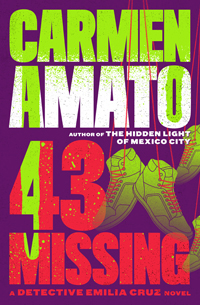
MEANWHILE, IRL
Over the past 7 years, members of the Guerreros Unidos, the Iguala Municipal police and the Mexican Army’s 27th Infantry Battalion have been arrested.
But to muddy the investigative waters, 50+ suspects were released because they were reportedly arbitrarily detained and tortured by federal agents now charged with human rights violations. The irony is mind-blowing. https://www.wola.org/analysis/mexico-arrest-warrants-ayotzinapa/
Tomás Zerón, former head of the now-defunct Criminal Investigation Agency (AIC), fled to Israel. Mexico is negotiating to have him extradited. He reportedly approved torture methods and offered bribes to criminals to support the “historical truth” narrative of the Peña Nieto government. https://mexiconewsdaily.com/news/former-ayotzinapa-suspect-says-feds-offered-4mn/
Iguala mayor Jose Luis Abarca and his wife Maria de los Angeles Pineda, fled Iguala shortly after the tragedy, but were arrested in Mexico City less than 2 months later. Charges against them have gone through several permutations but as of October 2021 they remain in jail awaiting trial. https://mexiconewsdaily.com/news/former-ayotzinapa-suspect-says-feds-offered-4mn/
The chief of police of Iguala, Felipe Flores Velázquez, was arrested in 2016 after hiding in plain sight for two years. Head of the Guerreros Unidos, Sidronio Casarrubias Salgado, was arrested and fingered both the mayor and Flores. https://mexiconewsdaily.com/news/iguala-chief-arrested-two-years-after-fleeing/
Humberto Velázquez Delgado (alias “El Guacho”), a retired Guerrero State Police commander and key suspect, was murdered by unknown cartel killers in Iguala in June 2021 after several attempts. His two sons and brother were listed as being on active duty—3 of 165 Iguala cops—that night. None were ever investigated, however, possibly because his brother, Ulises, was deputy director of the Iguala Municipal Police under former Institutional Revolutionary Party (PRI) mayor Esteban Albarran (the same party as former President Peña Nieto). http://www.borderlandbeat.com/2021/06/gunmen-kill-el-guacho-ex-police.html
NEW TEXT EVIDENCE SHOWS MOTIVE
Newly released text messages verify suspicions that the buses the students commandeered were being used by Guerreros Unidos to transport drugs across the US-Mexico border.
FYI, the state of Guerrero is a well-known transport hub for illegal drugs heading north.
Basically, when they took those buses, the students from Ayotzinapa unwittingly seized a load of heroin.
Iguala’s government officials, law enforcement, and local military, whose pockets were lined with $$ from drug sales in the US, couldn’t let the buses go.
Related: Hard Truths about the Drug War from a Retired Intel Officer
COP and CARTEL
Gildardo López Astudillo, aka El Gil, the local leader of the Guerreros Unidos cartel at that time, and Francisco Salgado Valladares, deputy chief of the municipal police, working for Felipe Flores Velázquez, were in touch through the night of 24 September 2014.
Salgado texted López to say that his cops had arrested two groups of students for having taken the buses. Exchanges continued during the night to coordinate the transfer of groups of students, using slang to reference handover locations and burying bodies.
Another text message to the gang leader from the deputy police chief said that “all the packages have been delivered,” a probable reference to packages of heroin being sent north to the US-Mexico border.
“Mike Vigil, the DEA’s former chief of international operations, told The Daily Beast that this strongly implies that López was calling the shots all along, ordering Salgado to arrest the students lest they accidentally hijack his shipment of dope.” https://www.thedailybeast.com/we-finally-know-how-43-ayotzinapa-students-on-a-bus-vanished-into-thin-air?ref=home
Salgado Valladares went on the run after September 2015 and was captured in May 2015 in Cuernavaca, in the state of Morelos. His monthly income from the Guerreros Unidos is said to have been 600,000 pesos, or about US $40,000. https://mexiconewsdaily.com/news/key-iguala-suspect-captured-in-morelos/
Despite gruesome evidence on his cellphone, López Astudillo was released in 2019 along with dozens of other suspects because of the aforementioned human rights issues. https://www.nbcnews.com/news/latino/main-suspect-case-mexico-s-missing-43-students-absolved-attorneys-n1049631
He was listed as among the dead in a confrontation between the military and armed civilians in the community of Tepochica, outside Iguala, http://www.borderlandbeat.com/2019/10/gildardo-lopez-astudillo-aka-el-gil.html but more likely remains at large. https://mexicodailypost.com/2021/10/12/what-really-happened-to-the-43-missing-students-from-ayotzinapa/
NOW FOR SOME LINEAR THINKING
If the US wasn’t so hungry for heroin and other illicit drugs, sales would not be so incredibly lucrative.
If sales of heroin and illicit drugs weren’t so lucrative, civil authority in Mexico wouldn’t be aiding and abetting drug smugglers.
If civil authority in Mexico wasn’t aiding and abetting drug smugglers, those 43 students would still be alive.



